ECODUCTS
The fragmentation of lands, because of the constant agricultural and livestock exploitation, divided the different habitats and ecological niches of several species, altering their distribution, and changing their feeding and reproductive patterns, affecting their survival in this planet… they end up being run over by cars because of not having their position lights on.
The new ecoducts solve this problem. They are bridges for wildlife to flow through the concrete matrix we have created in their natural environment.
In the Banff National Park in Alberta, Canada, there are 41 structures (6 overpasses and 35 underpasses) which help wildlife cross the crowded Trans-Canada highway in a safe manner.
The bigger structures are destined for big mammals, while smaller structures –much cheaper- exist for smaller species.
In an article I found that in Misiones, Argentina, the only ecoduct ever built in Latin America exists, in a zone where 25 national parks coexist, home of the jaguar, an endangered species. As he is a big feline, the jaguar needs a bigger space to go through the ecoduct, as well as having more vegetation to simulate a natural passage. And that is the problem we have in our country, the high cost of installation… (check, in Spain, that the cost of one of these big ecoducts y around 2,7 million euros)
However, designing these projects, the capacitation for them, the workforce, the maintenance, it would all generate more jobs. It would be great to insert this kind of structures within the big public projects. Unfortunately, in my country, we have several basic needs we need to solve first (drinkable water, food supply and health), which is why it is understandable that these ideas end up being in a secondary level of recognition. Nevertheless, to start thinking about it is quite good indeed.
In Australia, they built a singular bridge for red crabs to climb up and go on their migratory path through Christmas Island National Park.
There is more information on this awsome structures here, as well as more examples.
If you know any civil engineer or architect, spread the word!
Until next week!
Brian Longstaff.-
P.s. Let´s change it all upside down.







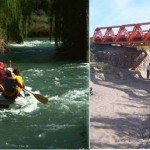


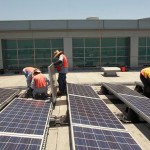
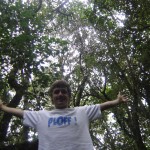


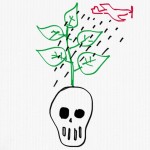

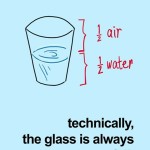
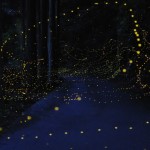


Noraricardo Masera Sep 11 , 2012 at 02:45 PM /
Bravo Brian!!!!!Yo tambien colaboro con la Naturaleza, haciendo mantillo con los restos degradables de la cocina. abrazo Nora Luli Masera
Ezequiel Benvenuto Manarin Sep 18 , 2012 at 05:16 PM /
Que bueno eso por parte de las personas para intentar mantener a los animales su Habitat natural, habia visto ya lo de los cangrejos, no les hacen nada los pobladores en esas tierras, ellos van en millones e invaden la ciudad…
Noel Sisî Sep 22 , 2012 at 12:44 AM /
wooow, qué BUENO. A mi city le faltan cangrejos y mucho más verde.